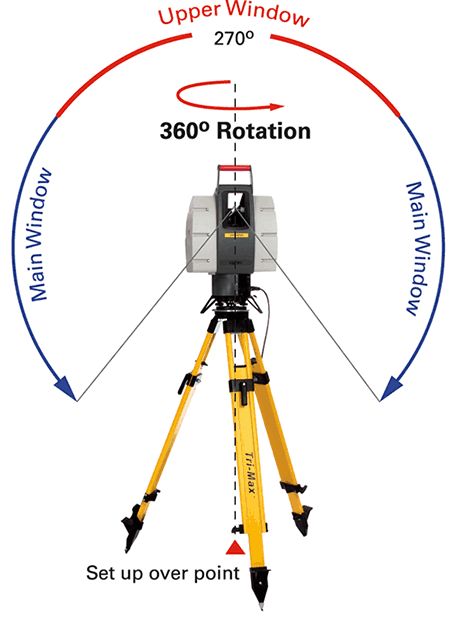TOOLS
The tools criminalist use each have a different purpose that help collect evidence from a crime scene Some tools criminalist use carefully analyze the evidence to help catch the criminal of a crime.
Ultra Violet Light (UV light)


Above image is a criminalist using an UV light. (I.19)
The ultraviolet light is used for numerous purposes including at the crime scene as well as in the lab. This tool poses no harm towards forensic scientists and and is well suited to detect multiple types of evidence.
The first piece of evidence that the UV light can detect are bodily fluids. Ultraviolet lights have helped reveal cases of rapes. The UV light will show up any organic traces that may not be visible to the human eye or blends in. Examples include: semen, saliva, and urine.
Blood is another piece of evidence that can be revealed using the UV light. Blood absorbs any Ultraviolet light and becomes darker in appearance caused from a chemical reaction between the luminol in the UV light and the hemoglobin in the blood. Often used to detect blood stains on dark surfaces or that have been washed away.
Lastly, are fingerprints which can appear from a UV light. When a fingerprint is dusted with black powder then scanned by a UV light the fingerprint becomes orange and visible. The traces can then be photographed and recorded. Click here for more information on fingerprints. (C.19)
Microscope
The microscope is probably one of the most commonly known tools used inside the forensics laboratory. Richard E. Bisping states, “Microscopy is essential to the forensic sciences and has been since the beginning – the 19th century." Virtually, all collected evidence requires the need for some type of microscope. Microscopes can analyze hairs, fibers, fluids, tissue, blood type, DNA, drugs, gunshot residue, bullet and cartridge markings, paint, ink, gemstones, insects and even microorganisms. Microscopes can compare multiple traces of evidence collected at the same time. It also gives a magnification so pieces are visible which the human eye can not naturally see. This gives scientists a reliable source to go to when in need to to compare something into depth and to be 100'% positive. (C.20) The top image to the right allows two slides to compared at once. It is also capable of independent focusing of each microscope and is available with an optional trinocular viewing head for use with HD cameras or digital cameras for classroom viewing and image capture. This microscope is not only limited to being used in the forensics lab can be accessed by students as well although it is not very common to since it is top of the line. (C.21).


Image above is a forensic microscope (I.20)


Hair strand under microscope (I.21)


Leica ScanStation II (I.22)
3-D Laser Scanning
Laser scanning stations at crime scenes are an example of the newer technologies of forensic science. The scanners use laser measuring and a built-in digital camera to photograph the scene. This information can later be uploaded to a computer and allows for easier visualization of the crime scene and evidence, both for analysis and for court presentation. Laser scanners provide investigators with the ability to “revisit” the original scene without having to travel. The CA Department of Justice uses the Leica ScanStation II. This tool also allows investigators to view a crime scene from all angles that a human may not be able to see.
There are some cons however to this newer type of technology which is the cost. The price of a typical laser scanner ranges around $3,000. This is on top of other expenses in a laboratory like testings and other equipment such as kits and test tubes, microscopes, UV lights, and much more. (C.22)(C.23)